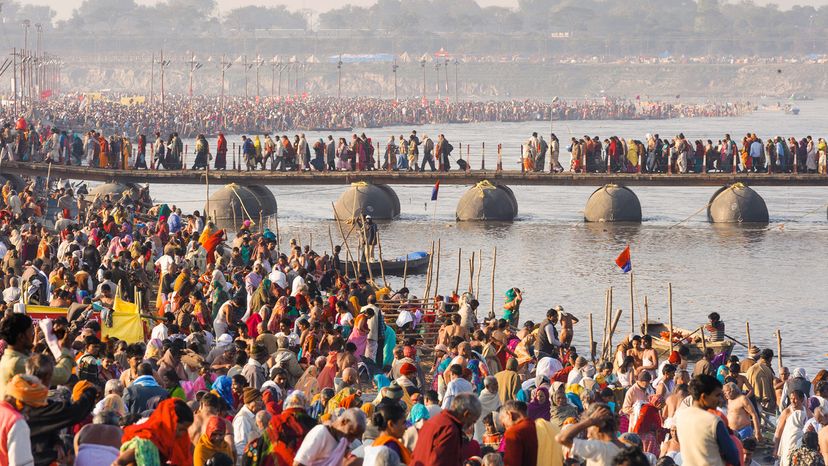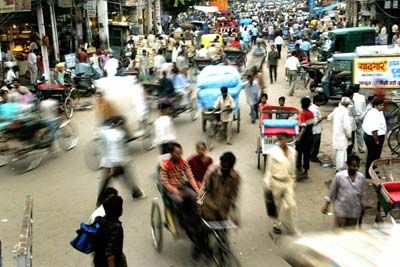
In April 2023, the United Nations (U.N.) announced that India was set to take over from China as the most populated country in the world. The U.N. projected this to happen midyear 2023, but experts aren't sure exactly when it will happen. Indeed, some think it already has. Together, the two countries make up over 35 percent of the world's entire population.
Population trends are primarily shaped by a country's fertility rates (average number of births per woman over her lifetime) and mortality (total deaths each year). However, other factors like international migration determine a country's population change over time. Organizations like the UN Population Division rely on various data sources like censuses, surveys, and birth and death records to calculate population estimates. While sophisticated mathematical equations are involved in the calculation, populations are estimated and not exact.
Advertisement
The U.N. and other organizations don't track the population to award the winning country a shiny gold medal. Monitoring population trends and drivers and anticipating changes in demographics is critical for the sustainable development of nations, according to the UN's World Population Prospect Report in 2022.
If the number of people exceeds resources like schools, food or health care, it can destabilize the country, potentially leading to significant challenges like poverty and disease. Keeping tabs on quickly growing populations helps governments proactively plan for national development and ensure those countries can provide everyone with quality education and economic opportunity. On the other hand, if a country's population continues to shrink, it can mean fewer working people to support a larger number of retirees, and less people available for economic activity, whether as employees or entrepreneurs.
Here are the seven most populous countries in the world. Estimated and projected population data was sourced from The United Nations Population Fund.
Advertisement





